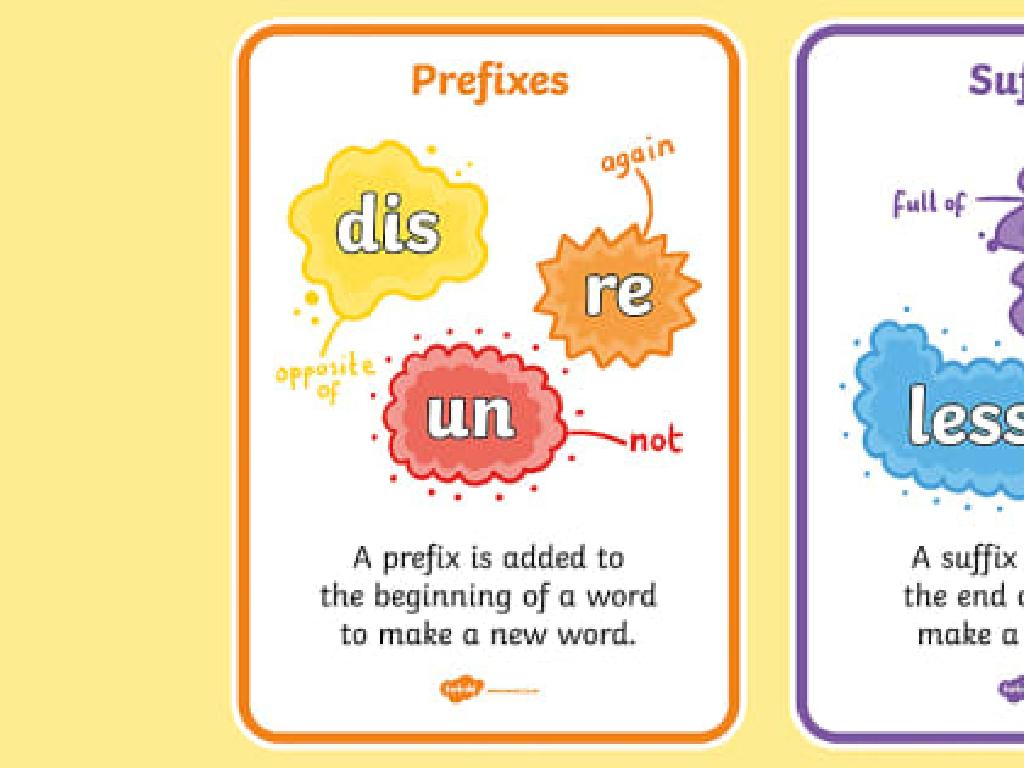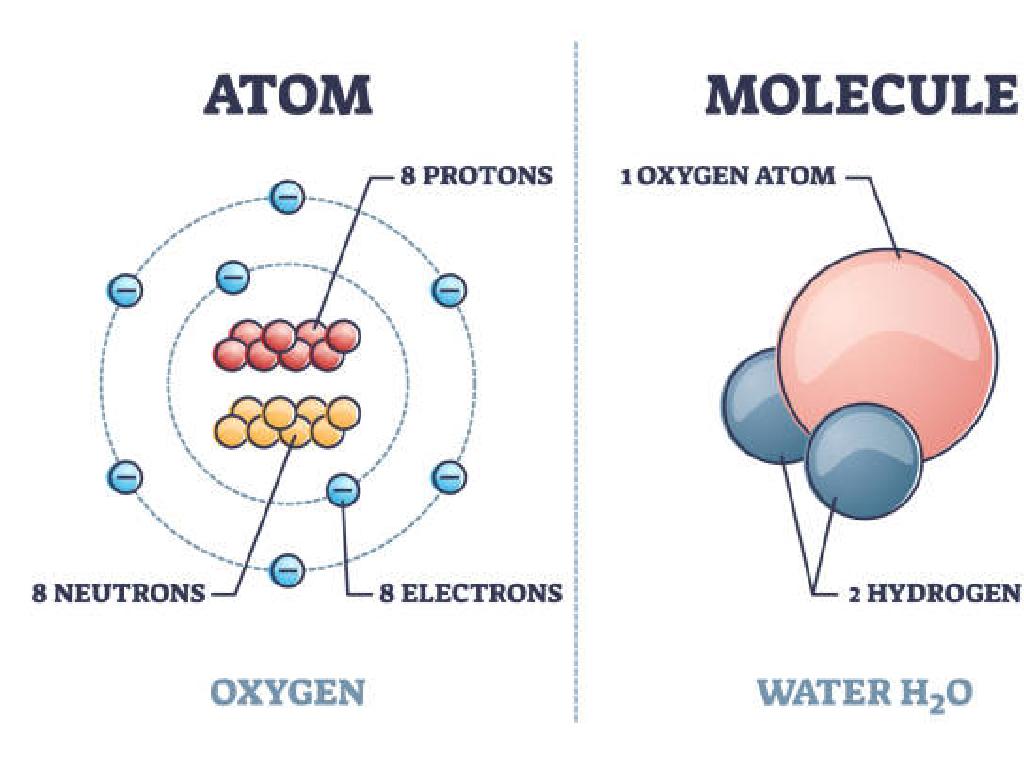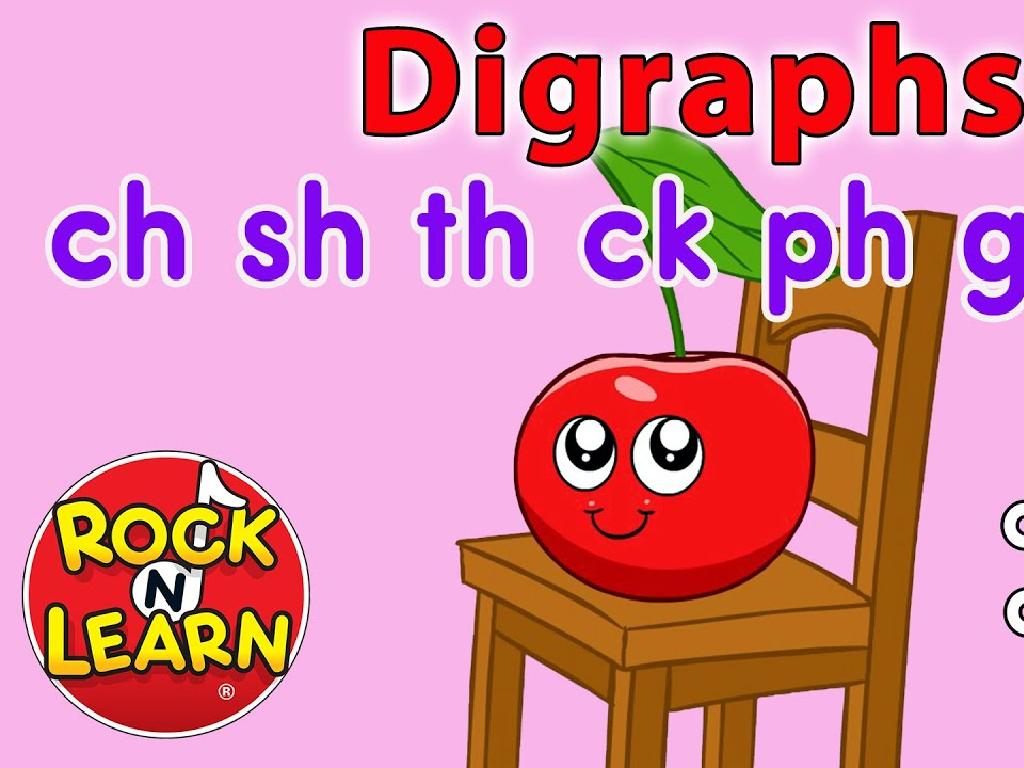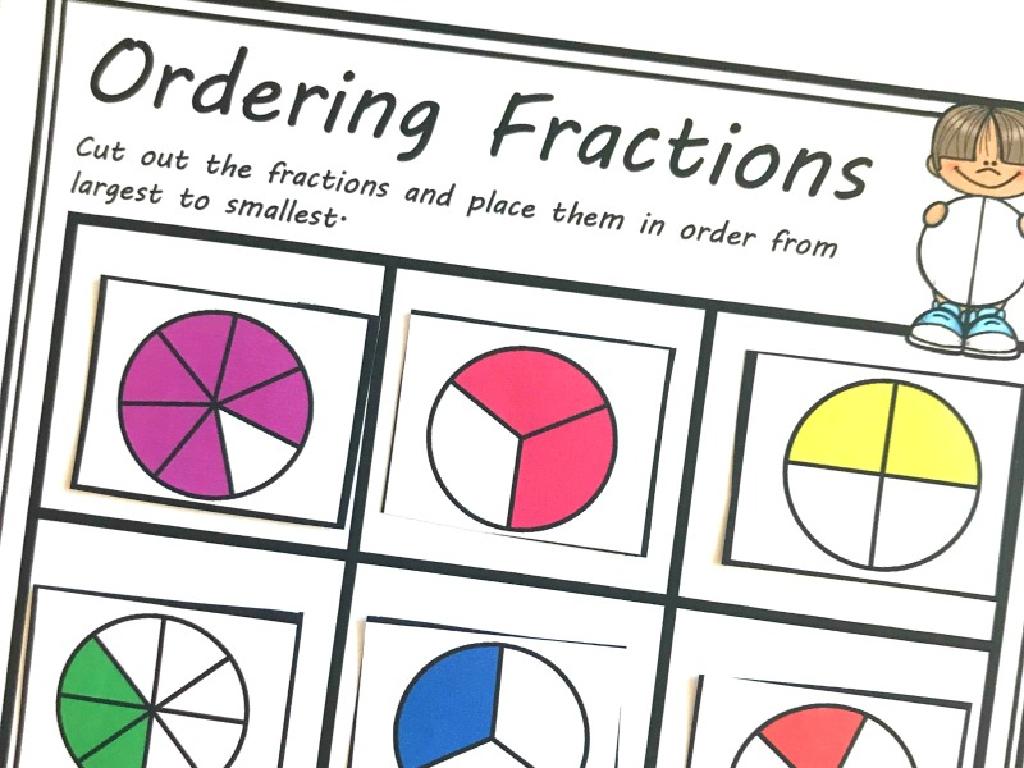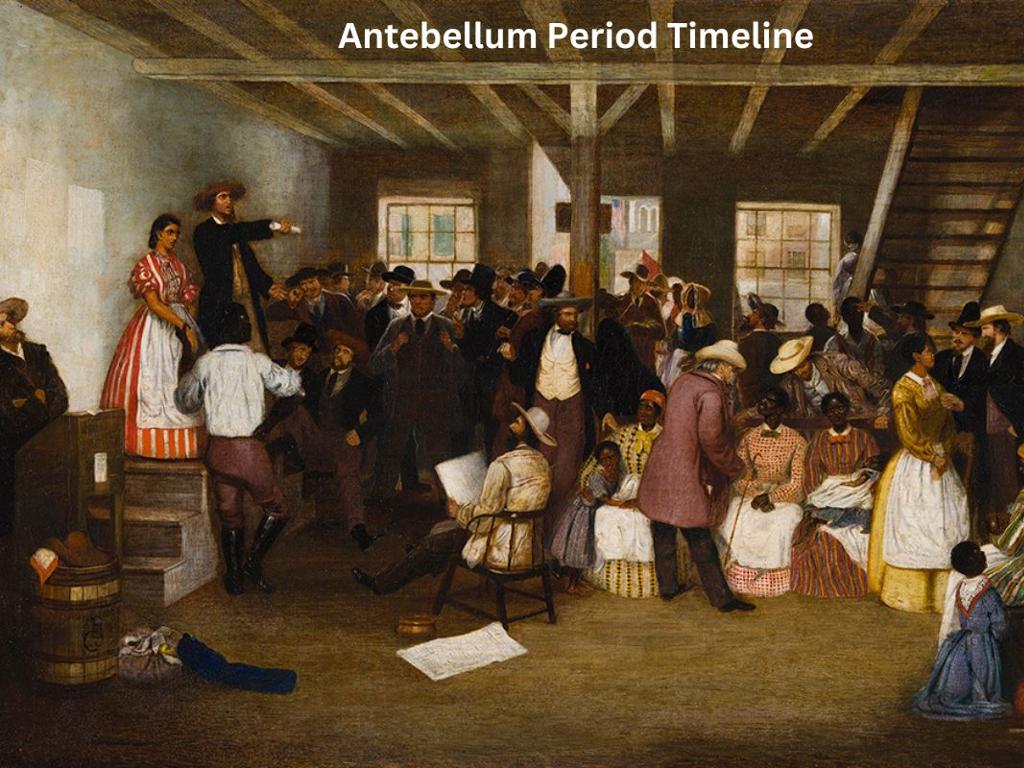Draw Inferences From A Text
Subject: Language arts
Grade: Fourth grade
Topic: Inference
Please LOG IN to download the presentation. Access is available to registered users only.
View More Content
Introduction to Inference: Becoming Text Detectives
– What is an inference?
– An educated guess based on evidence
– Using clues in text
– Like a puzzle, piece together hints from the story
– Understanding the unsaid
– Read between the lines to grasp deeper meaning
– Be a text detective!
|
In this slide, we introduce the concept of inference as a critical reading skill. Inference is like being a detective; it involves looking at the clues in the text to make an educated guess about what is not directly stated. Encourage students to think of themselves as text detectives, piecing together information from different parts of the text to understand the story better. Discuss how we use inference in everyday life to understand things that are not explicitly explained. Provide examples from familiar stories or situations where they had to infer. This will set the foundation for more in-depth activities where students will practice making inferences from various texts.
Understanding Clues in Texts
– Clues help us solve mysteries in stories
– Think of being a detective finding hints
– Authors hide clues in their writing
– Like a treasure hunt in the story for understanding
– Clues let us infer what’s not written
– Use clues to guess feelings, ideas, or events
– Practice inferring with story clues
|
This slide introduces the concept of using context clues to draw inferences in texts, an important reading comprehension skill. Explain to students that authors often leave hints or ‘clues’ in their writing to help readers understand the story better. These clues can be about a character’s feelings, the setting of the story, or what might happen next. Encourage students to think like detectives, looking for these hidden pieces of information to make smart guesses about the text. Provide examples from familiar stories and plan activities where students can practice this skill by identifying clues and explaining the inferences they make.
Making Inferences: Understanding Beyond the Text
– Read a story excerpt together
– Spot the clues within the text
– Clues are hints like expressions, actions, or events
– Discuss our inferences
– What can we guess about the story or characters?
– Practice inferring at home
– Try to infer meanings in stories you read at home
|
This slide is aimed at helping students practice the skill of making inferences, an essential part of reading comprehension. Start by reading a short story excerpt aloud to the class, engaging them with the narrative. Then, guide them to identify clues in the text, such as descriptive words or phrases, that hint at a deeper meaning or context not explicitly stated. Discuss as a class what can be inferred from these clues about the characters, setting, or plot. Encourage students to share their thoughts and explain their reasoning. For homework, ask them to apply this skill by reading a story at home and practicing making inferences. This will help reinforce the concept and improve their analytical thinking.
Practice Inference with Pictures
– Observe a picture closely
– Discuss visual clues
– Look for emotions, actions, and setting
– Make inferences about the scene
– Use clues to guess what’s happening
– Predict the next events
– Imagine what might occur after the moment captured
|
This slide is designed for a class activity to practice making inferences. Present a picture to the class and guide them to look at it carefully, observing all the details. Encourage them to discuss the visual clues they see, such as facial expressions, weather, or activities, and use those observations to infer what is happening in the picture. Then, ask them to use their imaginations to predict what could happen next. This activity helps students understand that inferences are educated guesses based on evidence. For the teacher: Prepare a variety of pictures that depict clear but open-ended scenarios. Be ready to prompt students with questions if they are hesitant to participate and ensure that every student has an opportunity to contribute their ideas.
Group Activity: Inference Charades
– Form small groups for the activity
– Receive a scenario to act out
– Use actions, not words, to convey the scenario
– Remember, no speaking! Use gestures and expressions.
– Other groups guess using inferences
– Think about what the actions might mean.
|
This group activity is designed to help students understand the concept of inference by using charades. Divide the class into small groups and provide each group with a unique scenario to act out. Remind students that they must use only actions and expressions to communicate their scenario no words allowed. The observing groups will then use inference skills to guess the scenario based on the acting. This activity encourages teamwork, critical thinking, and the application of inference skills in a fun and interactive way. Possible scenarios could include ‘making breakfast,’ ‘going fishing,’ ‘a day at the zoo,’ or ‘getting ready for school.’ Ensure that each group has a turn to act and to infer.
Inference in Our Daily Lives
– Everyday use of inference
– Deciphering feelings
– Like guessing a friend is sad if they’re quiet and not smiling
– Predicting weather patterns
– Such as wearing a coat if the sky is gray and it’s chilly
– Observing our world
– Using clues around us to make smart guesses
|
This slide aims to show students how the skill of making inferences is not just for reading comprehension, but a tool we use daily to understand and interact with the world. Inference helps us interpret social cues, like a friend’s emotions, or make decisions based on our surroundings, like dressing appropriately for the weather. Encourage students to share their own examples of how they use inference in their lives. This will help them realize the value of this skill beyond the classroom and see how it applies to real-world situations.
Class Activity: Inference Scavenger Hunt
– Team up for a clue hunt
– Find clues around the classroom
– Write down your inferences
– Think: What do these clues suggest?
– Discuss inferences as a class
|
This activity is designed to engage students in the practical application of making inferences. By working in pairs, students will search for various clues placed around the classroom. These clues should be strategically placed to lead students to make logical inferences. Once they have gathered their clues, each pair will write down what they infer from each clue. After the scavenger hunt, we will reconvene as a class to discuss the inferences made by each group. This will allow students to understand how different people may interpret the same clues in various ways. For the teacher: Prepare diverse clues that can lead to clear inferences, ensure that the clues are age-appropriate, and consider having multiple sets of clues to cater to different pairs. Possible inferences could be related to a story being read in class, historical events, or scientific concepts, depending on the cross-curricular opportunities.
Wrapping Up: The Power of Inference
– Recap on making inferences
– We learned to read between the lines and find clues
– Importance of inference skills
– Inferences help us understand stories better
– Looking ahead to advanced inferences
– We’ll learn to make even deeper inferences next time
– Engage with a quick review activity
|
As we conclude today’s lesson, remind students of the key points about making inferences: using evidence from the text and their own experiences to read between the lines. Emphasize how inference is a critical skill for understanding not just stories, but also real-life situations where not everything is explicitly stated. Preview the next lesson by telling students that they will be diving deeper into inference skills, learning to make more complex deductions from texts. To reinforce today’s lesson, engage the class in a quick review activity where they can apply what they’ve learned by making inferences about a short, teacher-provided text or image.

